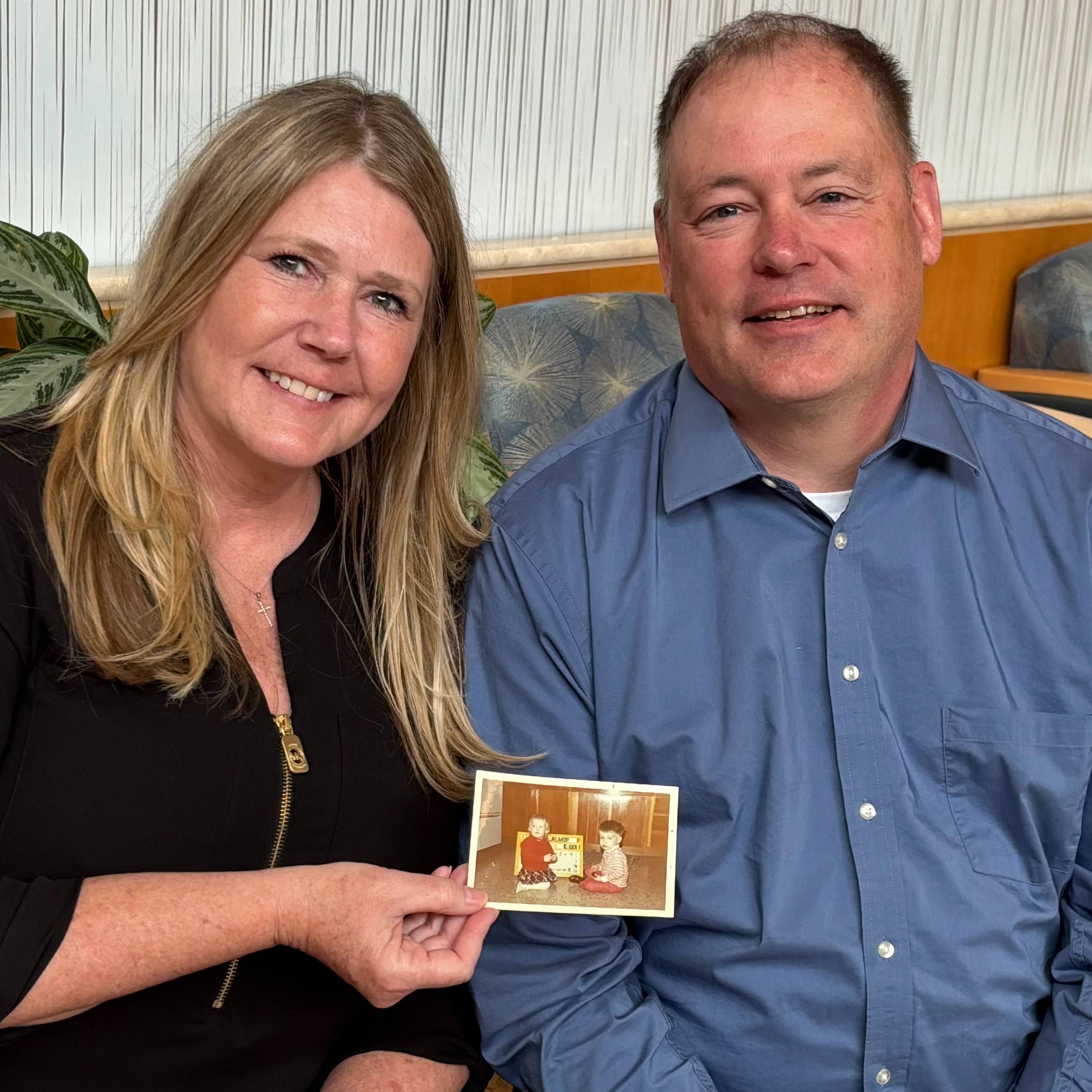Washing your hands with warm soap and water is one of the most effective ways to prevent illness, especially during cold and flu season. Hand sanitizer doesn't require water and can be an acceptable alternative when soap and water aren't available. But does hand sanitizer kill germs? "It does if it's alcohol-based," says Dr. Gregory Poland, director of the Mayo Clinic Vaccine Research Group.
"Hand sanitizer contains alcohol or other ingredients," says Dr Poland. "It basically inactivates the virus or the bacteria." Like soap and water, you need to make sure you cover all surfaces of your hand. "You need rub hand sanitizer in for about 20 seconds before it's truly effective."
Watch: Dr. Gregory Poland talks about hand sanitizer.
Journalists: Broadcast-quality sound bites with Dr. Gregory Poland are in the downloads at the end of the post. Please "Courtesy: Mayo Clinic News Network."
Keep in mind, circumstances matter when it comes to using hand sanitizer. For example, a big sneeze or cough might need more than a pump of hand sanitizer. "If your hands are contaminated with mucous, hand sanitizer doesn't work very well because mucous protects that virus or those bacteria. However, if you just touched a door handle and you're sitting down to eat, you should be fine using hand sanitizer."
"The best thing to do to prevent influenza is prevent it with a flu vaccine, wash your hands and stay away from sick people," says Dr. Poland. "If you are sick, stay home."
Follow these steps for the proper use of hand sanitizer:
- Apply the gel product to the palm of one hand. Check the label to find out the appropriate amount.
- Rub your hands together.
- Rub the gel over all the surfaces of your hands and fingers until your hands are dry.
Be sure to supervise young children using alcohol-based hand sanitizers to avoid potential alcohol poisoning if swallowed.







